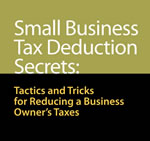 (Update: Free promo is expired, it’s back at $9.99.) Just a quick note that there is a Kindle eBook about tax deductions for small businesses, including self-employed people, that is currently free called Small Business Tax Deduction Secrets by Stephen Nelson, CPA. The author participates in the Bogleheads investment forum under the username SeattleCPA.
(Update: Free promo is expired, it’s back at $9.99.) Just a quick note that there is a Kindle eBook about tax deductions for small businesses, including self-employed people, that is currently free called Small Business Tax Deduction Secrets by Stephen Nelson, CPA. The author participates in the Bogleheads investment forum under the username SeattleCPA.
I downloaded and skimmed the book briefly, and it does have helpful information for those looking to maximize qualified business expenses and deductions (as you should!). Free for a limited time, so as usual my advice is download now and read later! You can download software to read Kindle books on PC, Mac, smartphones, and tablets.

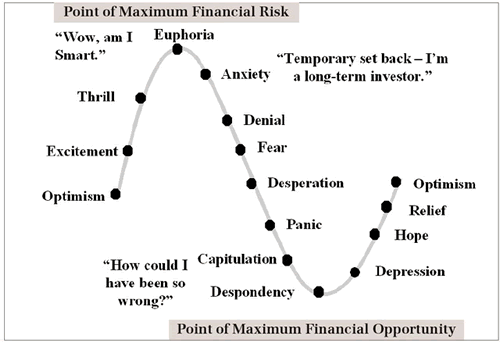
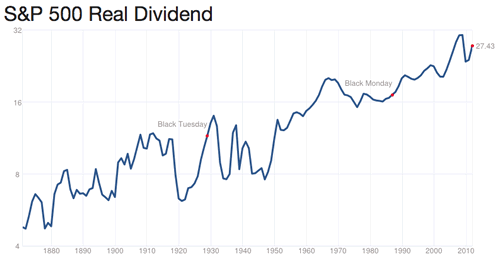
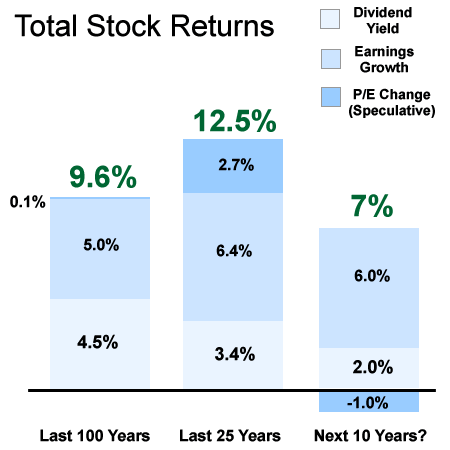
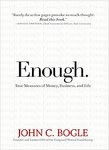 John Bogle is the founder of the Vanguard Mutual Fund Group, and the creator of the first index fund. Reading his latest book
John Bogle is the founder of the Vanguard Mutual Fund Group, and the creator of the first index fund. Reading his latest book  It took me a bit longer than I thought, but I finally wrapped up
It took me a bit longer than I thought, but I finally wrapped up 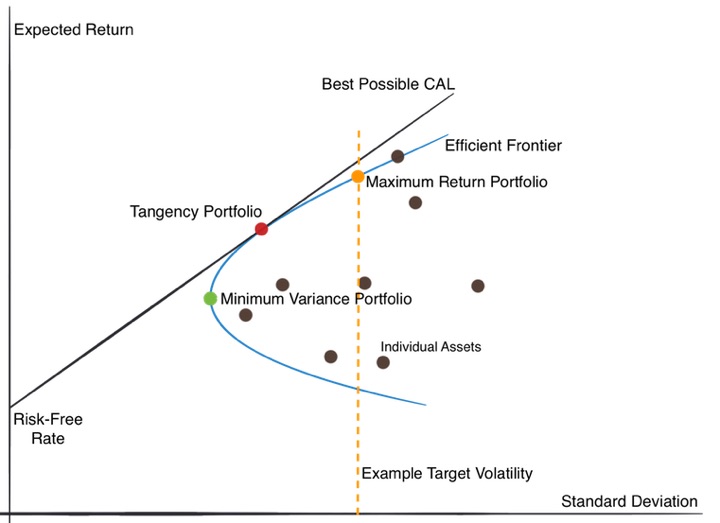
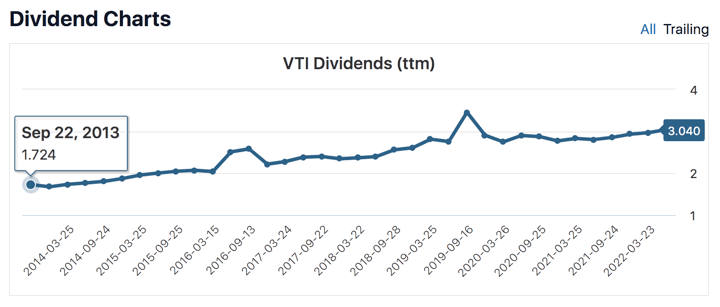
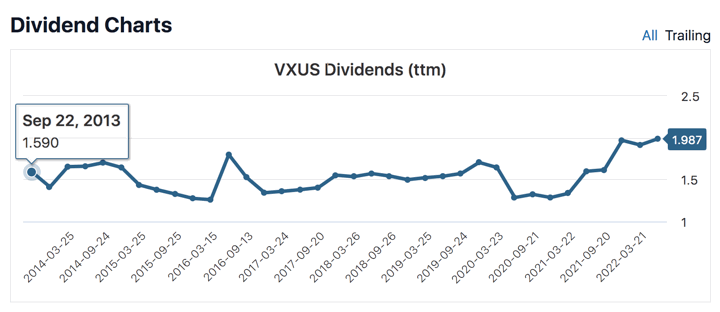
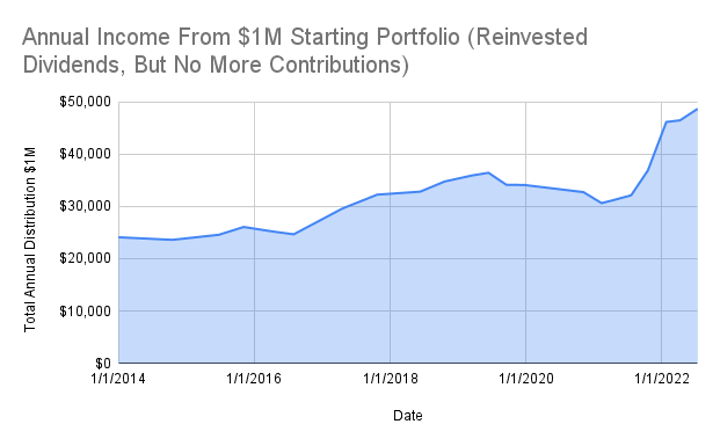
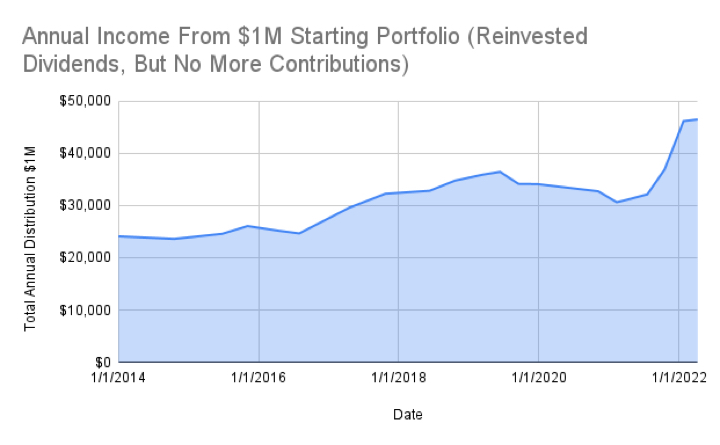
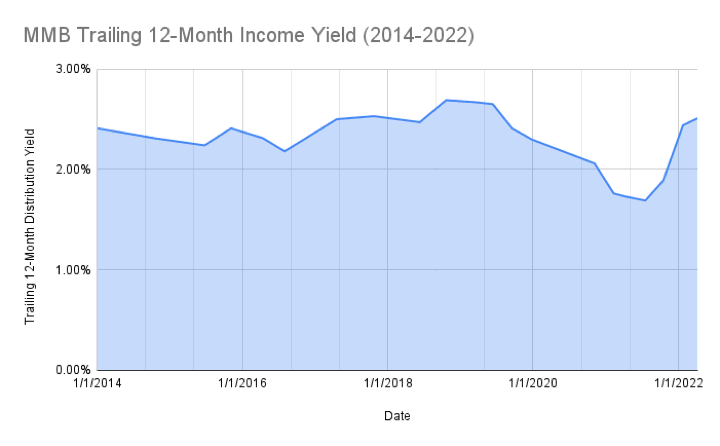
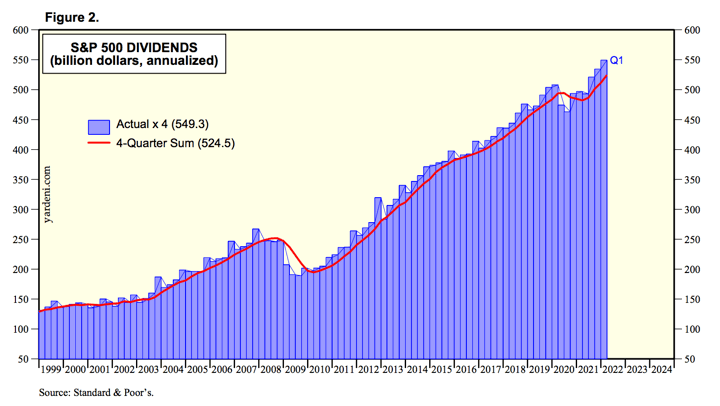
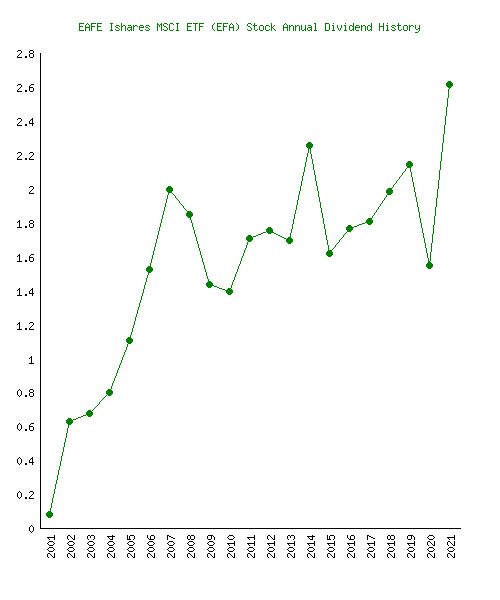
 Here’s my (late) quarterly update on the income produced by my “
Here’s my (late) quarterly update on the income produced by my “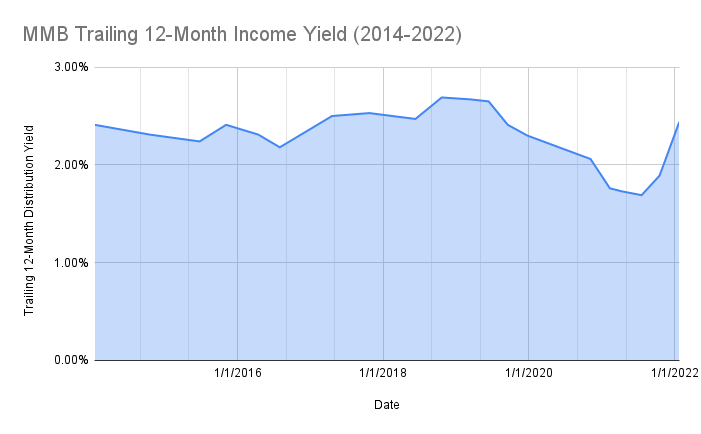
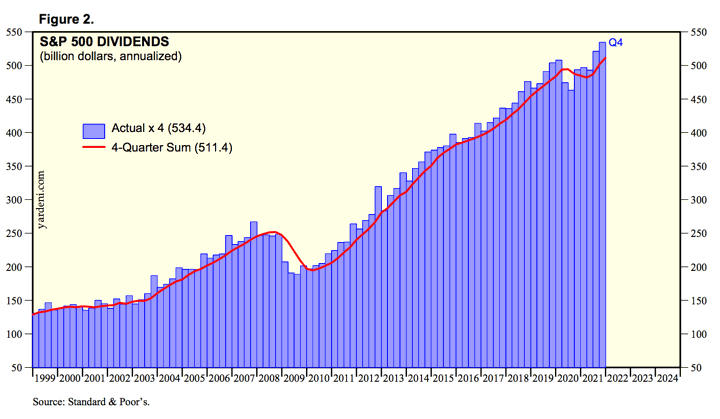
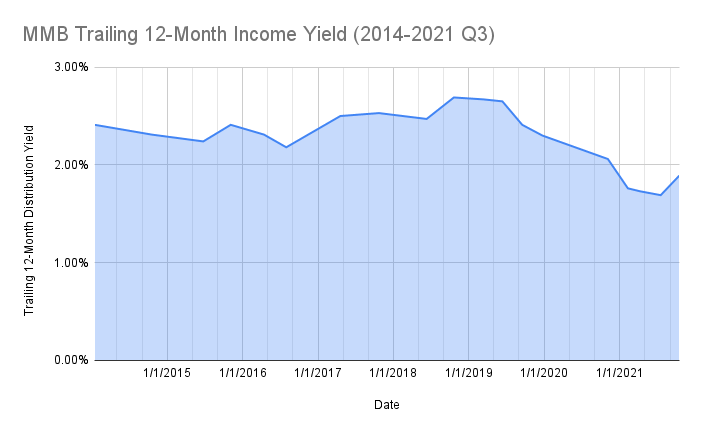
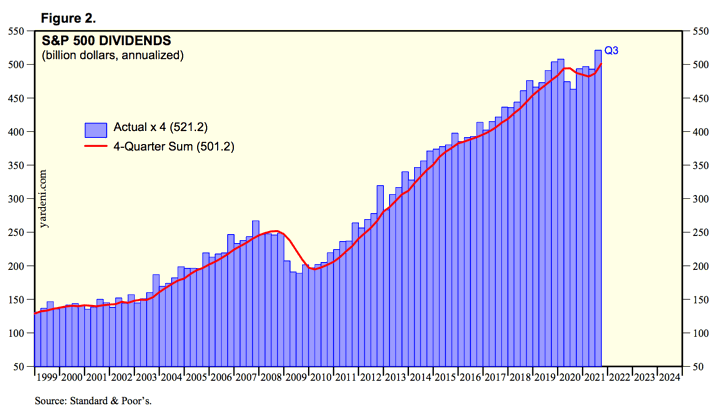
 The Best Credit Card Bonus Offers – 2025
The Best Credit Card Bonus Offers – 2025 Big List of Free Stocks from Brokerage Apps
Big List of Free Stocks from Brokerage Apps Best Interest Rates on Cash - 2025
Best Interest Rates on Cash - 2025 Free Credit Scores x 3 + Free Credit Monitoring
Free Credit Scores x 3 + Free Credit Monitoring Best No Fee 0% APR Balance Transfer Offers
Best No Fee 0% APR Balance Transfer Offers Little-Known Cellular Data Plans That Can Save Big Money
Little-Known Cellular Data Plans That Can Save Big Money How To Haggle Your Cable or Direct TV Bill
How To Haggle Your Cable or Direct TV Bill Big List of Free Consumer Data Reports (Credit, Rent, Work)
Big List of Free Consumer Data Reports (Credit, Rent, Work)